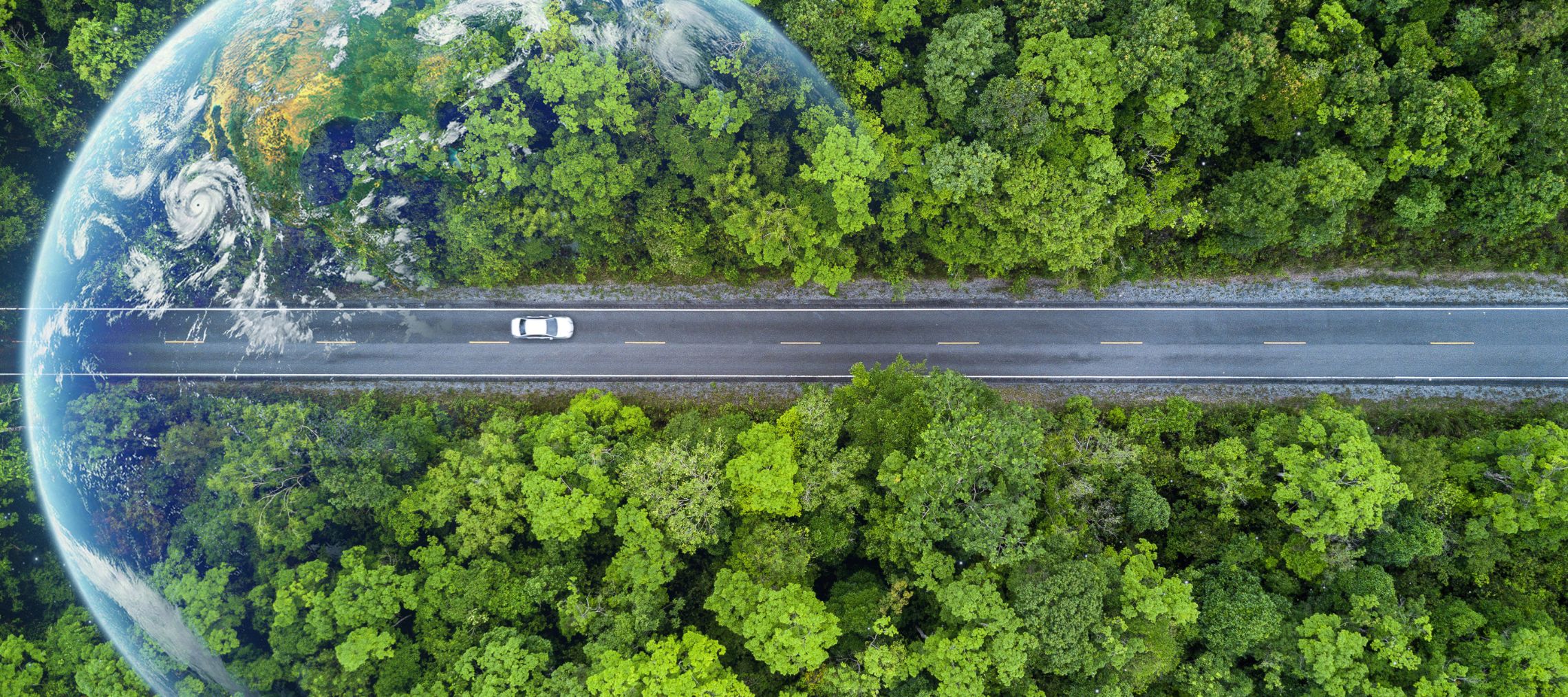Shifting towards renewable energy is key to addressing India's challenges of climate change and energy security, without compromising on developmental aspirations. CSTEP is working on the two paths of increasing the use of clean energy and reduction of energy wastage to achieve this objective. Our work involves finding clean (and cost-effective) energy solutions for industries, developing innovative models for solar energy generation, and collaborating with policymakers on implementation strategies for renewables.






Mainstreaming of BIPV Under PM Surya Ghar Scheme Across India
CSTEP partnered with the Ministry of New and Renewable Energy (MNRE) and Deutsche Gesellschaft für Internationale Zusammenarbeit (GIZ) GmbH for a workshop titled ‘Mainstreaming of BIPV under PM Surya Ghar Scheme Across India'.
The workshop brought together global and Indian stakeholders to discuss building-integrated photovoltaics (BIPV) design, manufacturing, deployment, and India-specific needs, shaping strategies and developing comprehensive guidelines to scale up BIPV adoption in India.
Harnessing the Potential of Small Wind Turbines in India: Opportunities, Challenges, and Way Forward
This workshop, organised by the Center for Study of Science, Technology and Policy (CSTEP) in collaboration with Ministry of New and Renewable Energy (MNRE), explored the role of small wind turbines (SWTs) in India's renewable energy transition.
Discussions covered technological advancements, policy frameworks, and on-ground challenges related to SWT adoption. Industry experts, manufacturers, and policymakers collaborated to identify solutions and strategies to promote SWTs as a key component of India’s clean energy future.
Launch of the RTSE Tool for Chhattisgarh
CSTEP is currently working as a technical and knowledge partner for the Chhattisgarh State Power Distribution Company Limited (CSPDCL) to assist the DISCOM in achieving its 700 MW RTS target.
Sustainable Homes: Potential of BIPV to reshape India’s urban architecture
India’s urban areas are expected to house about 600 million people by 2031 and 850 million people by 2051, as per the Handbook of Urban Statistics (2016) by the Ministry of Housing and Urban Affairs. However, as per an estimate by the World Bank, about 70 per cent of the urban infrastructure needed by 2047 is yet to be built. Given this massive impending growth and infrastructure requirement, there is an urgent need for energy-efficient and sustainable building-integrated photovoltaic (BIPV) solutions.
How well is India tapping its rooftop solar potential?
Rooftop solar (RTS) has the potential to revolutionise India’s energy landscape, offering a sustainable, decentralised, and affordable solution to meet the country’s growing electricity needs and making consumers self-reliant. The country’s installed RTS capacity increased by 2.99 GW in 2023-2024, the highest growth reported in a year. As of March 31 this year, the total installed RTS capacity in India was 11.87 GW, per the Ministry of New and Renewable Energy.